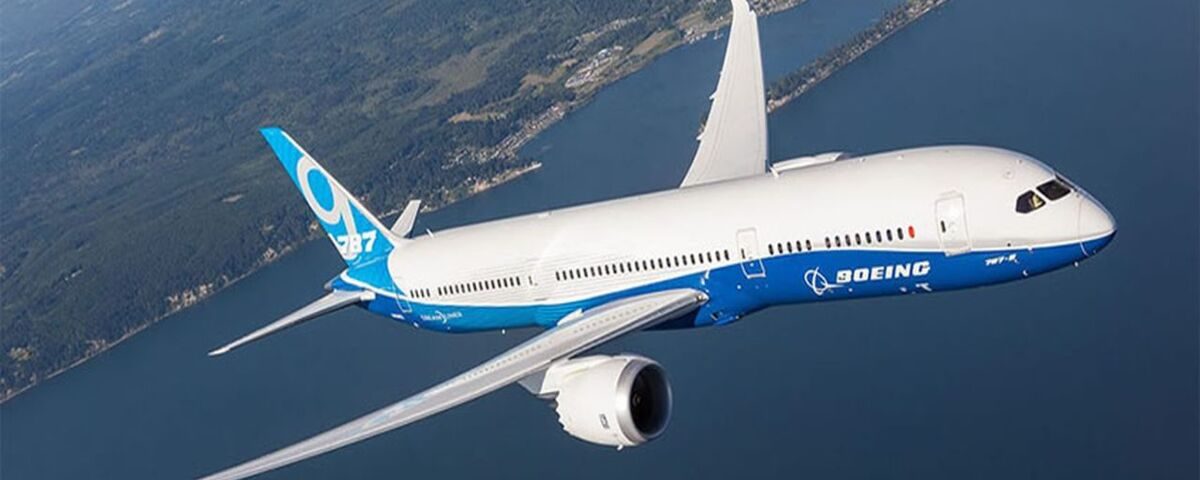
Analysis-As yuan skids, markets bet more depreciation is in store
27/03/2024
India central bank keen to further build up record high FX reserves, say sources
28/03/2024How Boeing’s leadership was ‘fired’ by its own customers

How Boeing's leadership was 'fired' by its own customers
(Reuters) – It took 80 days, but for the aviation industry, the tipping point finally arrived. A rebellion among U.S. airline executives contributed to the overhaul of Boeing’s top leadership, including CEO Dave Calhoun, after the unusual incident on January 5 involving a door plug on an Alaska Airlines 737 MAX 9 aircraft.
Following weeks of pressure and escalating concerns among major U.S. customers about Boeing’s response to the incident, the company’s board preempted demands for a leadership change by orchestrating a significant shake-up.
Now, with the departure of the CEO, chairman, and head of Boeing’s commercial airplanes business, airlines are confronted with extended uncertainty regarding aircraft supplies. They are advocating for substantial changes, beginning with the appointment of a seasoned manufacturing expert as CEO.
Former Air Canada CEO Calin Rovinescu told Reuters, “It wouldn’t surprise me if people questioned Boeing’s strategy to address this issue comprehensively, rather than applying temporary fixes. This incident has been a wake-up call for the airline industry.”
Boeing, in response, reiterated its commitment to addressing internal issues. Calhoun stated, “We are going to fix what isn’t working, and we are going to get our company back on track towards recovery and stability.”
The January 5 incident marked a new crisis for Boeing, further exacerbated by regulatory constraints on its production and ongoing delivery delays. Despite efforts to reassure customers, Boeing struggled to regain confidence, especially following safety board reports highlighting weaknesses in its production processes.
The tipping point came last week when CEOs of major U.S. MAX customers, including Southwest, United, Alaska, and American, demanded a meeting with Boeing’s board to express frustration. This led to a swift response from Boeing’s board, resulting in the departure of Calhoun, chairman Larry Kellner, and planemaking CEO Stan Deal.
Insiders describe this management overhaul as a response to growing discontent among customers. The industry witnessed its most significant leadership change since 2003 when CEO Phil Condit resigned amidst a defense-contract scandal.
The decision to revamp Boeing’s leadership stemmed from mounting pressure from both the industry and regulators, particularly following the discovery of additional issues in late January.
United CEO Scott Kirby announced a shift in strategy, signaling a potential shift towards Airbus after expressing dissatisfaction with the delayed MAX 10. This move underscored the urgency for Boeing to address its underlying challenges.
Amidst this upheaval, industry unity fractured, highlighting the precarious confidence in Boeing’s safety and reliability. The coordinated action by major U.S. airlines demonstrated the depth of frustration and the need for fundamental change.
As the industry navigates through this crisis, experts emphasize the importance of selecting a new CEO with a strong engineering background and a meticulous approach to manufacturing processes. The events surrounding Boeing’s leadership change will undoubtedly be studied for years to come, reflecting an unprecedented industry-wide response to a critical juncture.


